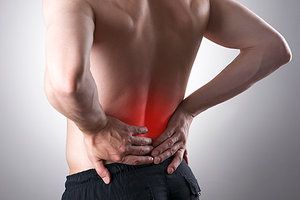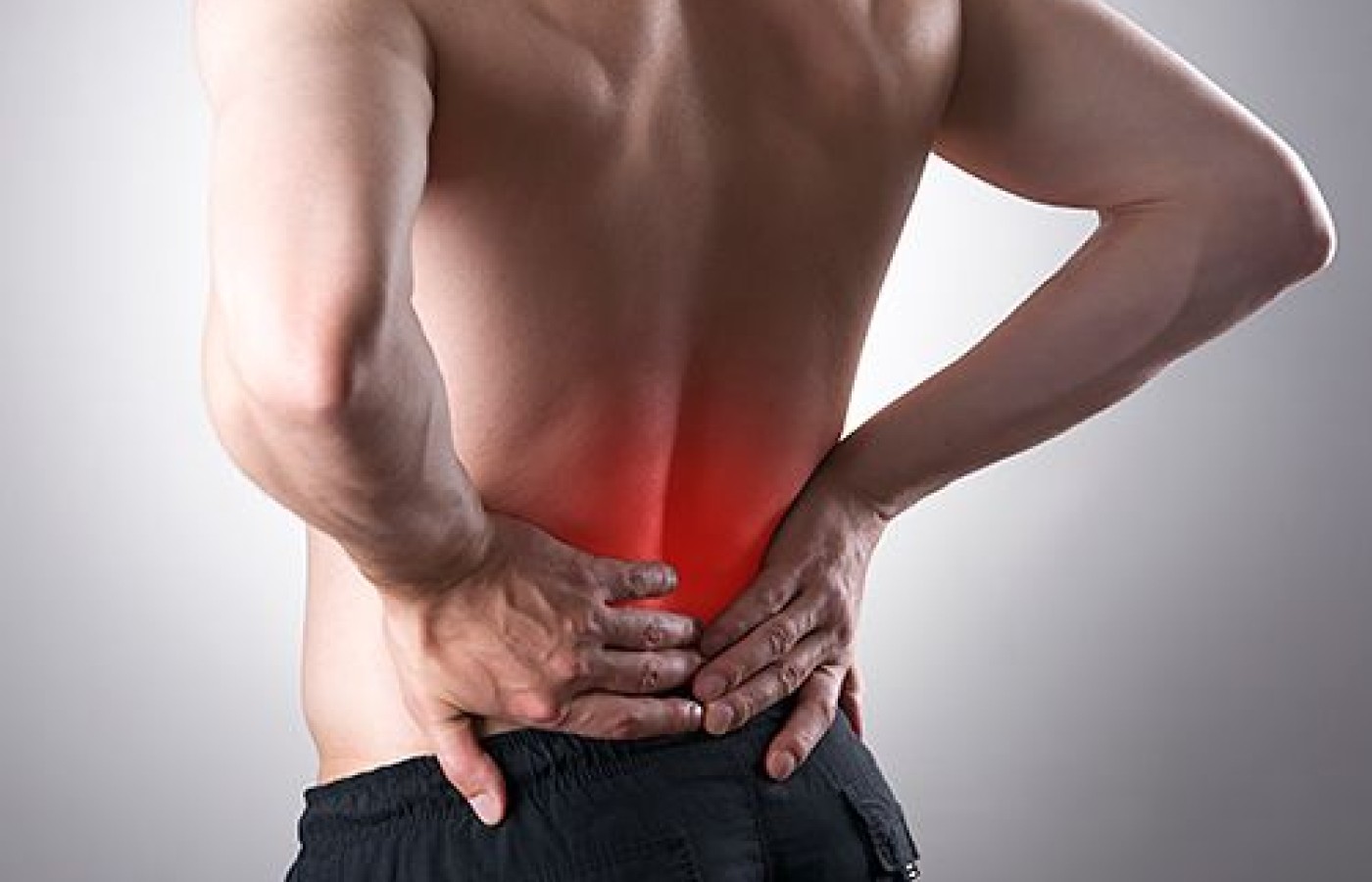Whether you accept it, avoid it or live somewhere in between, insurance coverage has become a defining issue for our profession. Patients increasingly expect to use their benefits, practitioners want to be compensated fairly for their time and expertise, and the system itself remains – at best – fragmented. The encouraging news is that coverage has expanded in meaningful ways. The challenging news is that reimbursement, across the board, remains inadequate.
An Algorithm for Lower Back Pain: Treating the Simple and Complicated Issues
I recently took a call from a local practitioner looking for advice on treating a patient with stubborn low back pain. In the few minutes we spoke, I went through my mental list of all the different angles for treatment to see what stone was yet unturned. We concluded with a few novel ideas, but the conversation clarified the treatment algorithm I have developed for low back pain.
The Treatment Algorithm
Pain in the low back can be one of the most complicated areas to treat, confounding even the most experienced practitioners. Given the many contributing factors to pain in the area, if one avenue of treatment is ineffective within a few sessions, it is wise to adjust one's approach and look for resolution elsewhere. It is in that spirit that I offer an attempt at a comprehensive treatment algorithm for recalcitrant low back pain.
Starting with the most basic understanding of stagnation leading to pain, different styles of acupuncture will provide quick feedback as to the nature of the pattern. Acute low back pain following an injury or chronic repetitive strain should respond to treatment with a mix of local and distal acupuncture following the tenets of traditional Chinese medicine. Even an intern during their first day in clinic can provide relief to an uncomplicated case of low back pain with BL-23, BL-40, and BL-60.
The algorithm proceeds when some patients do not respond to this standard approach. If the presentation is an acute injury with an obvious etiology, then palpation will guide diagnosis to include treatment to various muscle groups along the posterior chain. Often the hamstrings are tight or tender points in the quadratus lumborum muscle suggest trigger point release may be indicated.
Thinking Inside and Outside the Box

As a rule, check anything from the quadratus lumborum down, paying particular attention to the gluts, hamstrings, and calves. As a luo point, BL-58 can release the proximal musculature along the Bladder channel through its relationship with the Kidney meridian, especially with a strong release sign such as a fasciculation in the calf muscle. Pulling in the extra meridians, BL-62 and SI-3 create a more global opening of these areas and tie together the qi movement of other local and distal points.
Next, think about the fine detail of low back musculature and give attention to the small paraspinal muscles, such as the multifidus, that stabilize in the lower spine. The hua tuo jia ji points are the treatment of choice to address dysfunction in these muscles.
Cupping & Bleeding
Sometime the problem is more diffuse, such as stagnation within the Bladder sinew channel. Cupping of the low back is the treatment of choice here while bleeding BL-67 is extremely helpful to soften tight hamstring muscles. Releasing 10 drops of blood from BL-67 immediately and reliably results in a loosening of the ipsilateral hamstring.
Speaking of bleeding, let us not forget about the traditional Chinese medicine classic approach of bleeding BL-40 which relives stagnation within the Bladder divergent channel. Treat the back of the knee as a zone in which any superficial (but not raised) purple vein could be bled with great therapeutic benefit. Check too for veins in the posterior and lateral leg to root out blood stagnation within the distal yang channels.
If the presentation calls for tonification, look to the yin channels which provide a mix of moving and supporting. KI-3 and SP-6 are more nourishing with KI-5 as the xi-cleft point nourishes while coursing qi. Along the bilateral inner leg, the three emperors from the Tong system is a simple and effective strategy to support Kidney qi.
Herbal Support & Stretching
During the winter months or with stagnate cold in the presentation, include moxibustion or a TDP/infrared lamp to warm the area and gently move qi. Various herbal formulas can support this effort, most notably Jin Gui Shen Qi Wan. Herbal plasters or topical patent formulas provide an easy home therapy for the compliant patient seeking relief in between acupuncture sessions.
For a motivated patient, consider recommending basic stretches to address tightness along the posterior chain muscles. Even the elderly can sit up in bed and perform a superficial back line stretch with the knees locked to stretch the hamstrings and again with the knees slightly bent to target deep lower back musculature.
Have them hold each stretch for at least a minute twice daily, which can be in bed when they first get up and before going to sleep at night. For more complicated presentations, refer to a trusted physical therapist in your area.
Resources such as yoga DVDs for low back strengthening may also be available within your local library system. Familiarize yourself with their offerings and recommend them to patients as their pain and mobility improves and both you and them are confident enough in their progress to add strengthening exercises to further their healing and prevent future strain and injury. My current favorite resource here is a DVD entitled "Foundation Training" by Dr. Eric Goodman.
Postural education should follow any exercise rehabilitation effort. Excessive sitting, improper bending, and unnatural footwear will be a constant impediment to even the most dedicated patient trying to exercise their way out of bad postural habits.
Case-by-Case Solutions
Some solutions are standing or treadmill desks, minimalist footwear, and bodywork referrals such as Rolfing, Pilates, and Alexander technique if you don't offer tuina or shiatsu at your clinic. Consider myofascial release for the sensitive patient.
So far, most of these approaches focus on the lower back proper, but what if the problem lies elsewhere as evidenced by a lack of amelioration from all your and the patient's best efforts? Here the algorithm splits off into more broad areas of treatment such as systemic disorders and mind-body etiologies.
Tight muscles can persist in the backdrop of nutrient deficiency, most common of which is magnesium. You can test this theory by instructing a patient to soak in a bath with an entire bag of Epsom salt and observe the effects. A hot bath is relaxing, but magnesium repletion will have a marked reduction in pain that will persist for several hours or days.
The Missing Element
Oral magnesium supplementation has an additional function benefiting lower back pain in that it helps regulate the colon and remedies constipation. I have witnessed several cases of lower back pain completely resolve by promoting bowel movement.
In a patient who skips a day or two between bowel movements, the stagnation within the colon can generate a significant amount of pressure in the lower jiao, compromising the lower spine. Consider treatment to ST-25 or SP-15 as well as CV-6 and CV-4.
If the patient is chronically stressed and consumes excess amounts of sugar and caffeine (factors that deplete magnesium), consider 200-400mg of magnesium lactate per day as an adjunct to an herbal formula that resolves lower jiao stagnation and promotes bowel movement.
Even in the absence of constipation, the lower conception vessel points can be effective in the treatment of lower back pain as a distal approach. Distal points are best suited for lower back pain that worsens with emotional upheaval and mental stress.
Structural lesions documented on x-ray and MRI do not always correlate with pain. The opposite is also true, a patient with a perfectly imaged spine may be riddled with pain. The experience of pain may seem localized to this patient but its origins lie within the sensory cortex of the brain.
Distal points such as Ling Ku, Da BaI, and Zong Bai, needled contralateral to side of lower back pain, are strong stimulators of the central nervous system, rectifying neurogenic pain. To learn more about neurogenic pain, read my August 2016 article in Acupuncture Today entitled "Distal Style Treatment of Neurogenic Pain."
One final pattern to be aware of is dehydration, which prominently effects the discs of the lower spine that have the most amount of weight and gravity bearing down upon them. Strict avoidance of caffeine can alone resolve stubborn back pain as the patient substitutes a highly dehydrating beverage such as coffee for plain water.
Keeping this list of therapies and interventions in mind, be prepared to be flexible in your approach. Use pattern differentiation and patient history as a guide for where to start treatment and quickly change tack if results are lackluster.
If your comfort zone is in the treatment of musculoskeletal disorders, be mindful of systemic and mind-body contributions to chronic pain. Conversely, if you are more skilled in psychospiritual care, be open to treating the fascial and postural impediments that develop from long-standing anxiety and depression.



